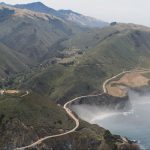Culinary tourism experiences in Parma will delight travellers
Ann Ruppenstein
Italy has long lured in visitors with its stunning cities, remarkable scenery and a food scene that’s beloved the world over.
For those clients searching for a special culinary experience, consider discovering the story behind Prosciutto di Parma within the Emilia Romagna region of Italy. Travel Courier caught up with Prosciutto di Parma’s International Marketing Manager, Elke Fernandez, to find out more about what awaits travellers. Dig in!
Can you share some details about the places and experiences that await travellers looking to learn more about Prosciutto di Parma and how it’s made?
The Prosciutto di Parma production area is a very small and strictly defined area in the province of Parma, the boundaries of which are two small rivers. It is in the hills and has an enchanting landscape as well as the ideal climatic conditions for natural curing, which delivers the special mild and aromatic flavour to Prosciutto di Parma.
Those who decide to visit will observe how Prosciutto di Parma starts and watch the production process: this is a very interesting experience which enables tourists and consumers to have a deeper understanding of how much time is needed and how much passion and knowledge the producers have for the making of this wonderful product.
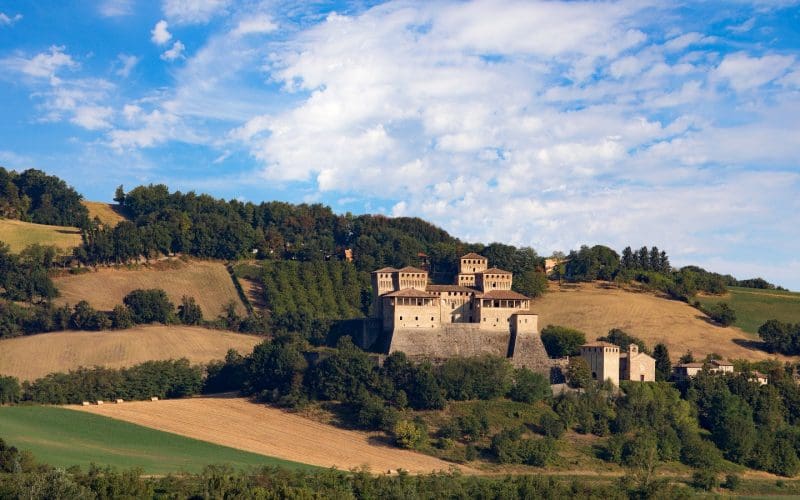
Although the yearly production is about 8.5 million hams, the Parma production process makes smart use of technology [using an] ancient and traditional method, the principles of which are totally respected to this day. On the other hand, the human touch is key in order to ensure quality in Prosciutto di Parma: for example, the maestro salatore salting each pork leg by hand with his expertise so as to apply the right amount of sea salt; the sugnatura, applying a special natural mixture on to the surface of the hams, one by one, and of course, by hand; probing with a horse bone needle, an olfactory test which helps gather information on maturity and good outcome of the aging period, the final checks and the branding carried out by third party inspectors who certify that the maturing process in the picturesque cantina (cellar) is satisfactory.
Not many Prosciutto di Parma producers accept tours, however some of them are receptive and welcoming with an organized incoming system, while others rely on associations and agencies who organize gastro-tourism experiences in the area.
When everything goes back to normal, my suggestion is to visit Parma during the Prosciutto di Parma Festival in September. During this event, there are many celebrations for Prosciutto di Parma, and most importantly, the production houses are open to visitors. We also have a Museum of Prosciutto di Parma. The exhibition reconstructs the production process of the fine products of Parma’s deli meat art, as well as its history in time.
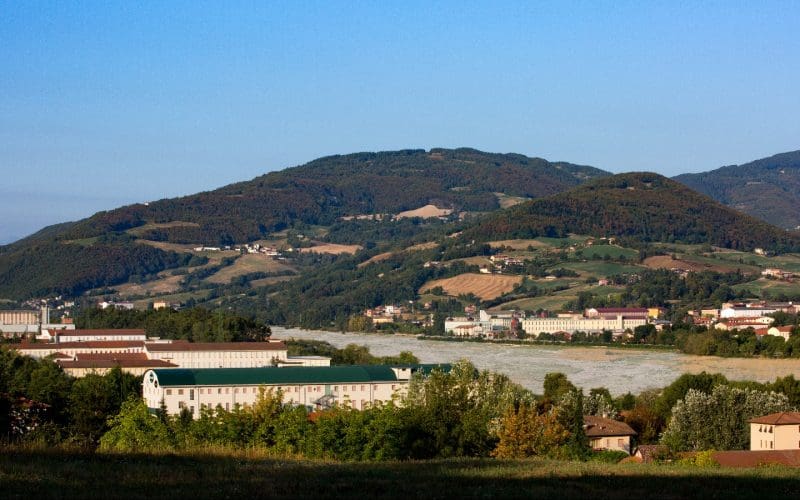
What are some of your personal favourite things to see, do and experience in the region/Parma?
This area is called the Food Valley due to the delicious products made on the land and a rich and complex food culture. There are many agricultural foods other than Prosciutto di Parma that are worth getting to know, but I would also dedicate some time to the discovery of the trattorie – traditional local restaurants where the food diversity and passionate food culture can be discovered.
The ancient Castello di Torrechiara, a symbol of the area where Prosciutto di Parma is produced, is also worth a visit.
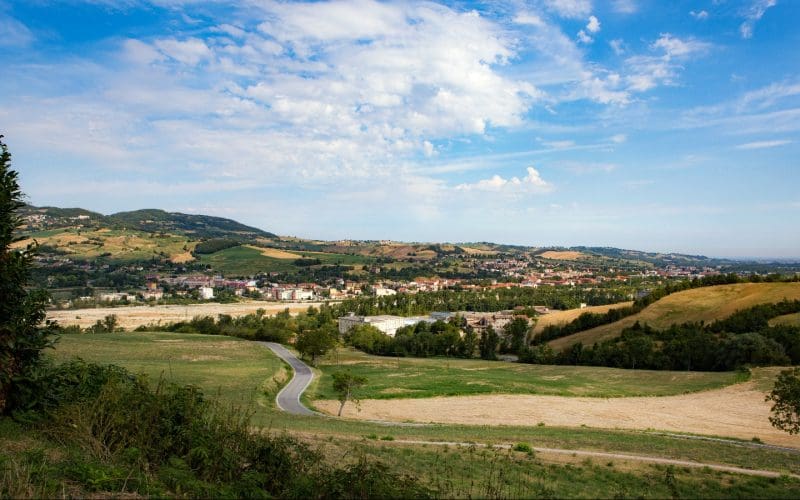
What’s something unexpected or many people don’t know about Parma?
Not everyone knows that in Parma, cycling is the main means of transport; it’s a perfect way to get around town and get lost in the city centre.
If you visit in the summer and the heat gets a little overwhelming, I suggest you move to the hills where Prosciutto di Parma is produced. Another unknown fact is that the climate is different in the hills, it is drier and cooler, ideal for the drying of Prosciutto di Parma. We call it Marino, because the air comes from the nearby sea.
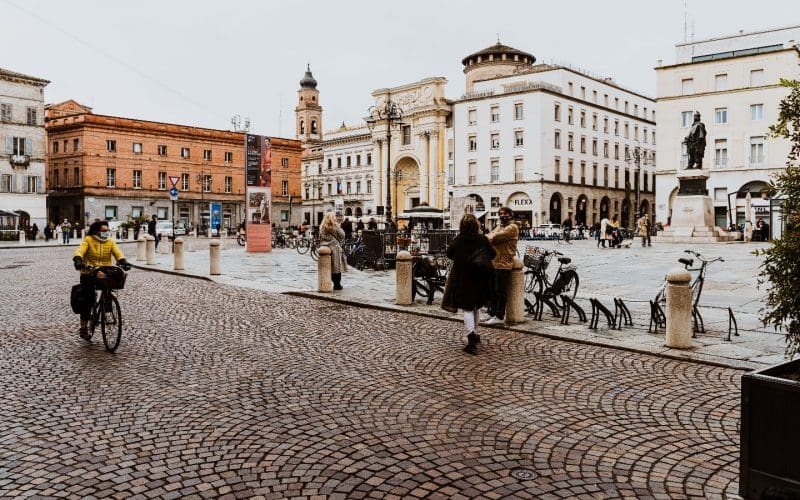
Do you have any other tips to share with Canadian travellers?
Again, I suggest you rent a bike and cycle around the little streets in town, full of small artisan shops and pretty boutiques, and spend time discovering the salumerie, where you can try out and purchase all the mouth-watering delicacies of Parma.









